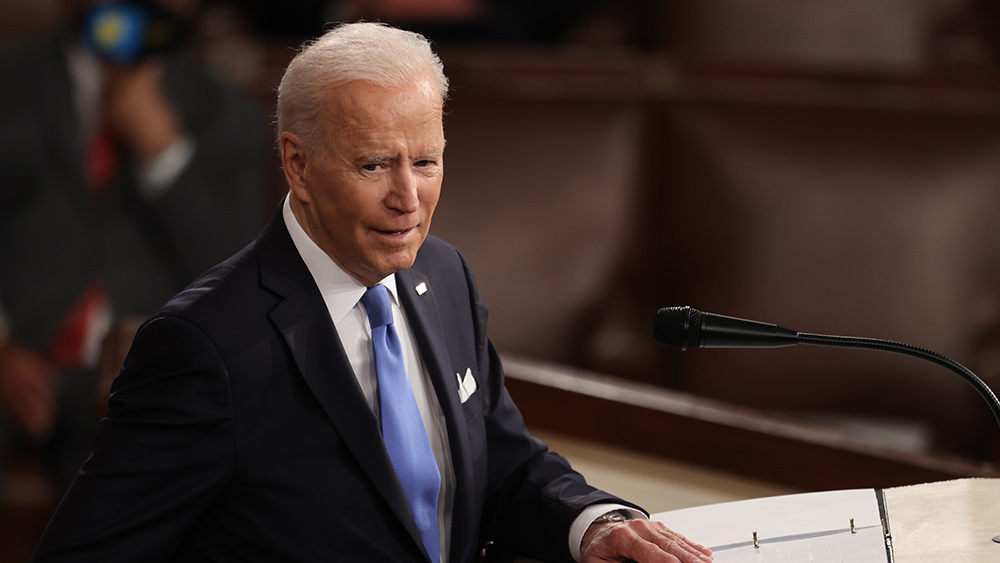 Parler
Parler Gab
Gab
Industry expert: $500M grant money may not be enough
Other agriculture experts had similar sentiments. Corey Rosenbusch, president and CEO of The Fertilizer Institute, noted the $500 million grant money is very small. "A nitrogen plant can cost between $2 to $4 billion to construct," he said. But he added that any amount that can strengthen domestic fertilizer production will be beneficial for the industry. Nafziger said the main concerns of farmers right now are the high prices for nitrogen, phosphorus and potassium fertilizers – and the lack of available global supply. "It is a new world in terms of prices and availability of fertilizers in particular," he said. "That is what people are thinking about this fall." In 2021, when fertilizer supply was yet to be affected by the supply chain crisis, the U.S. imported $262.6 million worth of urea ammonium nitrate fertilizers from Russia. The economic sanctions placed upon Russia following its invasion of Ukraine has made Russian fertilizer virtually disappear from the global market. Other major exporters of fertilizer to the U.S. have struggled to keep up with demand. "It's a frustrating situation for individual farmers because they need to make an effort to see if they can get all the fertilizer that they need," said Nafziger. He added that many farmers he has spoken with have been told by vendors to buy as much fertilizer as they can now because nobody knows what the price situation will be by next spring. "Most people got most of what they had hoped to get," said Nafziger, admitting that price, not supply, was the main issue of American farmers. Learn more about the fertilizer supply situation in America at FertilizerWatch.com. Watch this episode of the "Health Ranger Report" as Mike Adams, the Health Ranger, discusses how Hurricane Ian obliterated North American fertilizer production. This video is from the Health Ranger Report channel on Brighteon.com.More related articles:
USDA launches $500 million grant program for domestic fertilizer production. Hurricane Ian just threw another wrench into the supply chain by hammering transportation, ports, package carriers and fertilizer production. Nitrogen fertilizer prices are expected to rise – and the cost of natural gas is no longer the only factor. United Nations BEGGING Russia to export fertilizer so Western nations don't suffer a worsening food collapse. FAMINE AHEAD: High fertilizer prices could cause global grain production to PLUMMET by 40%. Sources include: JustTheNews.com AgWeb.com Brighteon.comLeaked media scripts tell of planned BLACKOUTS in Europe this winter
By Lance D Johnson // Share
Biden vows to codify Roe v. Wade if Dems take control in 2022 midterms
By Ramon Tomey // Share
By Lance D Johnson // Share
Bird flu and food inflation push turkey prices 73% higher than last year
By Arsenio Toledo // Share
Governments continue to obscure COVID-19 vaccine data amid rising concerns over excess deaths
By patricklewis // Share
Tech giant Microsoft backs EXTINCTION with its support of carbon capture programs
By ramontomeydw // Share
Germany to resume arms exports to Israel despite repeated ceasefire violations
By isabelle // Share










